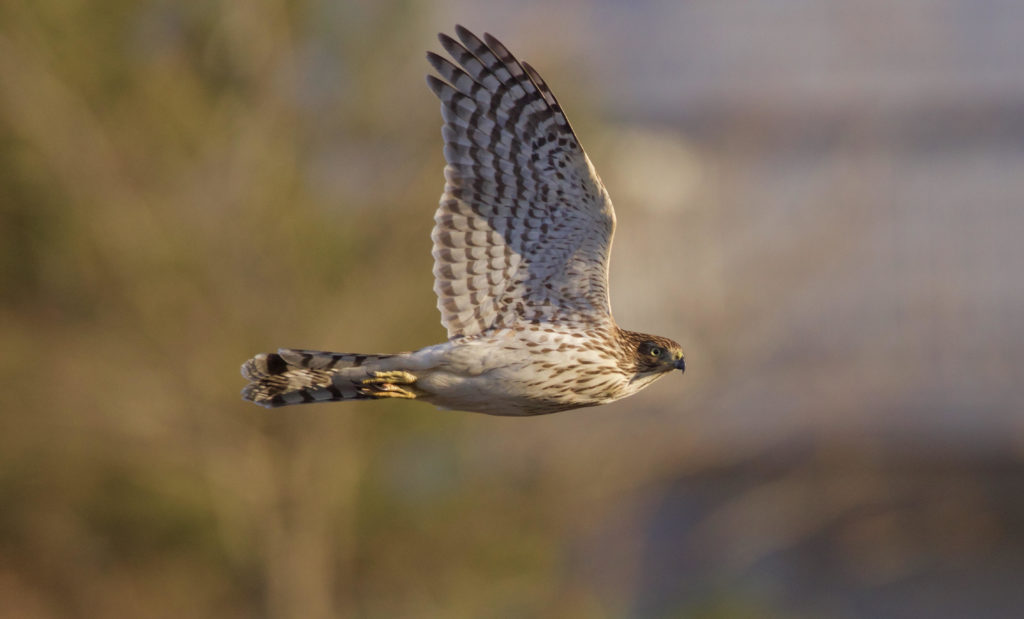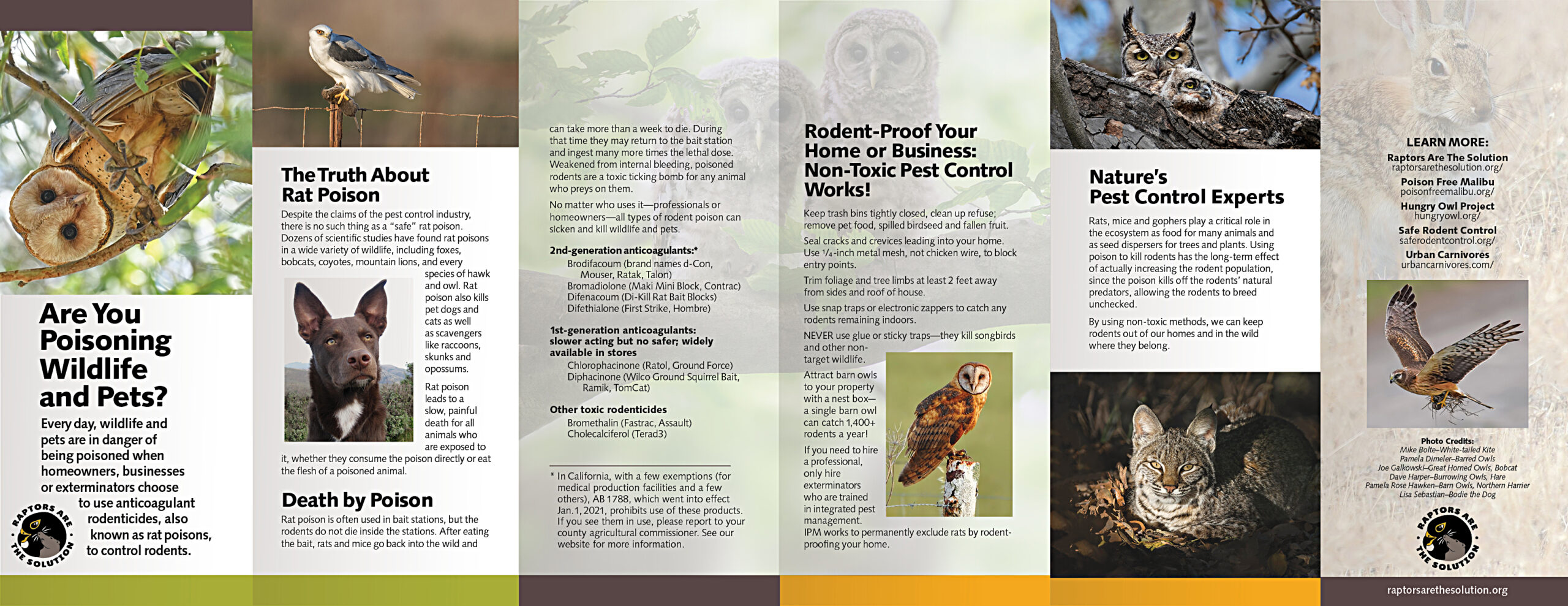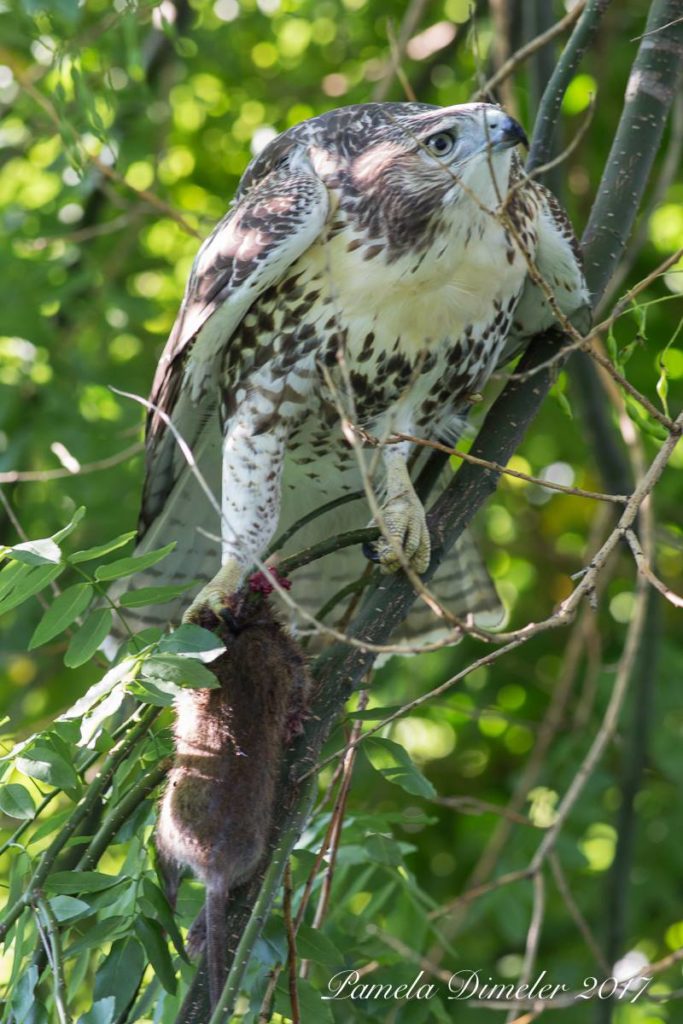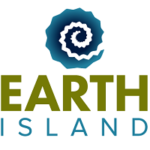
RATS was formed in 2011 after Cooper’s hawks began dying on the streets of Berkeley after ingesting poisoned rodents. We stepped into a gap—educating people about the dangers of rat poison in the food web—not being filled by any other nonprofit, large or small. Today, we’ve built a strong coalition of NGOs, agencies, scientists, municipalities, and individuals to work toward eliminating toxic rodenticides from the food web. Through our Owl Wise Leader Program, we incentivize businesses, municipalities, and communities to stop using poison and switch to non-toxic methods of rodent control.

Our brochures contain important info, including tips to keep rodents away without killing pets and wildlife and destroying ecosystems. Check out our wide range of free outreach materials including posters, flyers, bookmarks, and more!
We tell our story in many different ways. Watch this cool Claymation video, “Raptor Blues,” by the talented young filmmaker Ian Timothy.
Background
Anticoagulant and other rat poison products designed to kill rodents are also killing birds of prey, pet dogs and cats, and many species of wildlife, including several endangered species. The mate of famous New York City red-tailed hawk Pale Male died after ingesting a poisoned rat. These products are also poisoning children, even when the products are used in accordance with the directions on the packages. According to the United States Environmental Protection Agency (EPA), between 1999 and 2003, 25,549 children under the age of six had poisoning symptoms after exposure to rodenticides. Seventy-two percent had been exposed to a second-generation anticoagulant rodenticide, brodifacoum.
In 2008, the U.S. EPA determined that various second-generation rodenticides posed an “unreasonable risk” to children, pets, and wildlife. The EPA gave the poison companies three years to switch to safer products, but three—Reckitt-Benckiser, Spectrum, and Liphatech—refused to do so and tied up the EPA’s cancellation process in lawsuits for years. Finally, as of April 1, 2015, second generation anticoagulants are no longer sold over the counter in the U.S. However, several dangerous first generation anticoagulants and other types of rat poison remain on the market, allowed by the U.S. EPA. We are highly concerned about the loopholes that allow these products to remain on the shelves as well as by the fact that EPA allows the pest control industry to continue to use the same second generation anticoagulant poisons it pulled off of consumer shelves. You can read more here about the products currently on the market and allowed by the EPA.
With help from our many partners–especially Poison Free Malibu in Southern California–we have worked with cities and counties throughout California to encourage them to adopt resolutions discouraging businesses from selling dangerous rodenticides. Read some of the city resolutions here.
Is rat poison our new DDT? Read an excellent summary by Urban Carnivores. And if you are interested in seeing some of the (many) scientific studies that have been done about wildlife and pets and poison, click here.
Activist Toolkits Available
If you are interested in taking action in your own community, we have an Activist Toolkit we can share with you. Please email us at raptorsarethesolution@gmail.


RAPTORS ARE THE SOLUTION is a project of Earth Island Institute.
